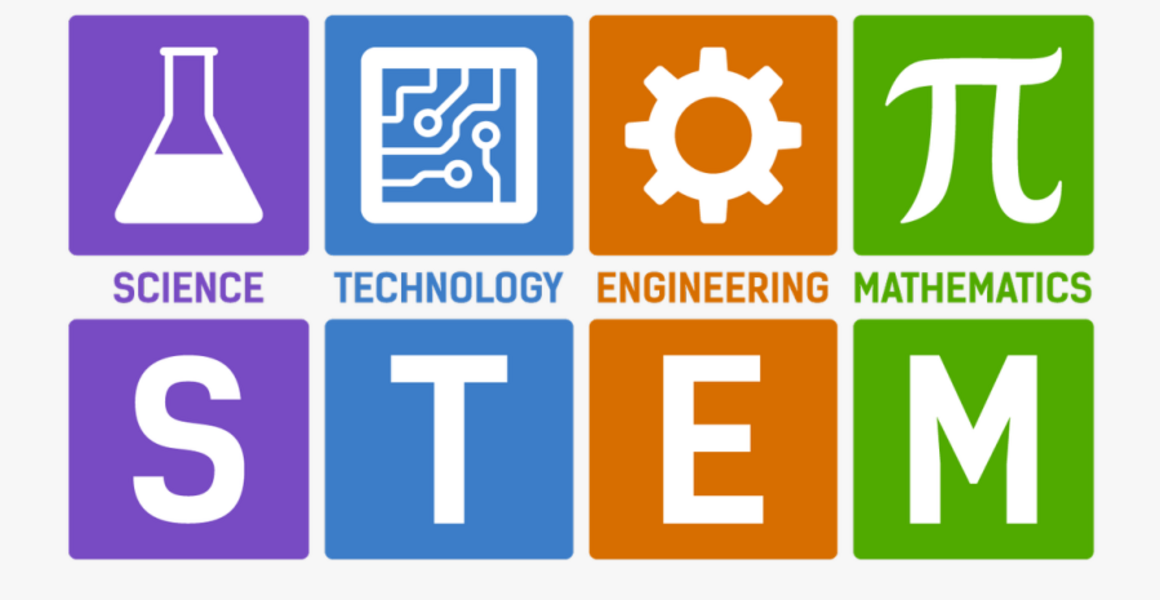The Anchoring Phenomena: An Essential Component of Science Education
Science education plays a crucial role in fostering scientific literacy and critical thinking skills among students. To make science learning engaging and meaningful, educators employ various strategies. One such strategy that has gained significant recognition is the use of anchoring phenomena. Anchoring phenomena are real-world, puzzling events or phenomena that serve as a starting point for scientific investigations. In this article, we will explore the importance of anchoring phenomena in science education and how they contribute to deeper learning and understanding.
Anchoring phenomena provide a context for scientific inquiry and learning. By presenting students with a real-world problem or phenomenon, educators spark curiosity and captivate their interest. Instead of learning isolated facts and concepts, students are motivated to explore and understand the underlying scientific principles that explain the anchoring phenomena. This approach helps students connect their knowledge to the world around them, making science education relevant and meaningful.
Science is fundamentally driven by curiosity, inquiry, and problem-solving. Anchoring phenomena serve as a catalyst for scientific investigations and problem-solving activities. Students are encouraged to formulate questions, develop hypotheses, design experiments, gather data, analyze results, and draw conclusions. By actively engaging in the scientific process, students develop critical thinking, analytical reasoning, and problem-solving skills that are essential for scientific literacy.
Anchoring phenomena allow for the integration of disciplinary core ideas across multiple scientific domains. They inherently involve various scientific concepts, principles, and practices. For example, a phenomenon such as the sudden disappearance of honeybees may involve concepts from biology, ecology, chemistry, and environmental science. By exploring such phenomena, students gain a holistic understanding of how different scientific disciplines intersect and contribute to explaining complex real-world phenomena.
Anchoring phenomena often require collaborative efforts and communication among students. Students work together to investigate and solve the problem, sharing ideas, discussing evidence, and refining their understanding collectively. Through collaboration, students learn to appreciate diverse perspectives, build on each other's knowledge, and develop effective communication skills. These skills are not only valuable in scientific pursuits but also in various aspects of life and future careers
Science practices, such as observation, data collection, analysis, and interpretation, are essential for scientific inquiry. Anchoring phenomena provide opportunities for students to actively engage in these practices. They learn to observe carefully, collect relevant data, analyze and interpret their findings, and communicate their results effectively. By immersing themselves in authentic scientific practices, students develop a deeper appreciation for the scientific method and gain practical skills that can be applied beyond the classroom.
Anchoring phenomena are a powerful tool in science education as they engage students, provide context, and foster scientific inquiry. By starting with real-world, intriguing phenomena, educators can ignite students' curiosity, develop critical thinking skills, and integrate scientific concepts from various disciplines. Anchoring phenomena make science education more meaningful, relevant, and enjoyable, preparing students to become scientifically literate individuals capable of addressing the challenges of the modern world.





 Launch the media gallery 1 player
Launch the media gallery 1 player